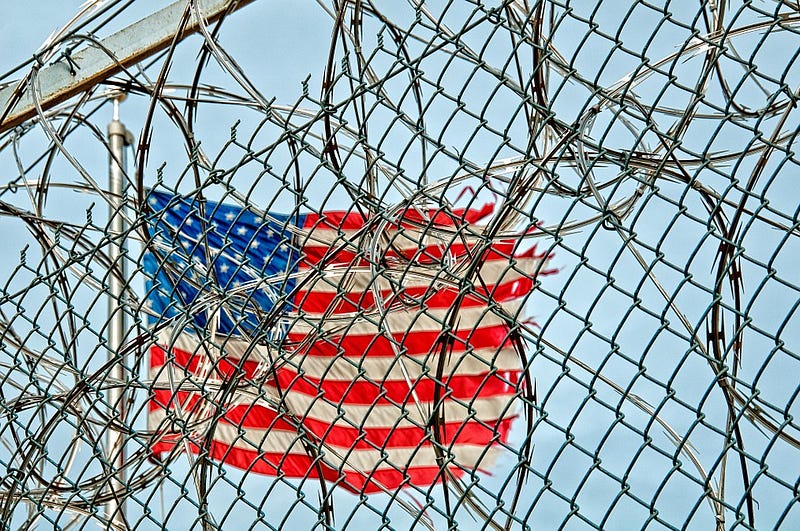
Isabelle LePesant ’21, Amelia Casparian ’21, Shavell Jones ’21, and Shane Ngai ’20, students in Professor Meredith Madden’s “Issues in Education” class, led a discussion at the Days-Massolo Center on Friday, Nov. 2 centered around the school-to-prison pipeline in the United States and its effects.
The term “school-to-prison pipeline” refers to the idea that students who don’t perform well academically in school, whether it be through a lack of attendance or failing grades, are pushed into the prison system rather than being supported by their teachers and school administrations. This system disproportionately affects people of color. Black women are six times more likely to be suspended or arrested than their white counterparts and are three times more likely to be suspended or arrested than any other demographic group for women. Black men are four times more likely to be suspended or arrested than any other group for men.
The phenomenon of the school-to-prison pipeline can be seen most frequently in low-income school districts. Discrimination is perpetuated by assumptions that teachers and faculty make about gang culture and students’ home lives. Teachers and faculty assume that a student’s household situation is brought into the school environment, which creates bias and prejudice and pushes them further into the system. Many students lack the motivation to even attend class because they are aware of the negative judgments held by faculty, which further worsens their school performance and contributes to this cyclical system.
Law enforcement frequently interfere in low-income schools, and often use physical force to “resolve” issues. A 2016 viral video of a police officer dragging a black student from her desk and across the classroom floor illustrates this issue. The officer was called after the student’s teacher repeatedly asked her to put away her phone. The video was taken by the student’s friend. They were both arrested following the incident. According to
The New York Times
, the incident took place in Columbia, South Carolina, and the officer shown in the video was fired by the Richland County Sheriff’s Department but faced no charges.
Police officers have been known to spread lies to school faculty about students, which causes teachers to immediately assume students are “gang members.” Schools also fail to address important issues with LGBTQ+ youth and fail to provide resources for these students or spread awareness about the pressing problems they face. Many students are also arrested for truancy because they miss classes as a result of bullying.
Towards the end of the discussion, the class contributed thoughts on ways to resolve, or at least lessen the impact of, the school-to-prison pipeline issue, offering a variety of potential solutions. One was that teachers should be trained to be “warm demanders,” especially in low-income school districts. A “warm demander” reassures students of their potential and helps them reach it by providing more assistance and positive reinforcement. The role of teachers serving as “warm demanders” is crucial because many students feel like they’re not being supported by the lack of resources in schools, such as the constant use of old textbooks and lack of counseling. Teachers should also be trained to identify students with learning and behavioral problems early on. This can be done by increasing wages for teachers in low-income areas, and giving them more benefits.
It’s also necessary to address issues that stem from students’ home life by reaching out to parents to make sure their children are being encouraged to prioritize their educations. However, the problem of individual teachers having extreme biases towards students of certain races remains. Many students of color aren’t taught in class about issues which pertain to them, so changing the curriculum is also pertinent.
The overall message of the discussion was that, by addressing these issues and discussing ways in which we can assist students prone to the school-to-prison pipeline system, we can begin to change these outcomes.

















